I’ve been asked to compare the Sony 20mm f/1.8 to the Zeiss Batis 18 mm f/2.8. Here’s a test with both lenses mounted on an a7RIV aimed at a low-contrast Siemens Star at about 8 meters for the 20, and about a meter close for the 18, with the star in the center and the lower left corner. I used AF-S with the small spot. In each case I made three shots at each setting, focusing anew for each shot, and picked the best. This method calibrates out focus curvature. Developed in Lightroom with sharpening set to amount 20, radius 1, detail 0, which is quite a bit less than Lr’s default sharpening. White balanced to the gray surround of the target. They are presented at about 250%.
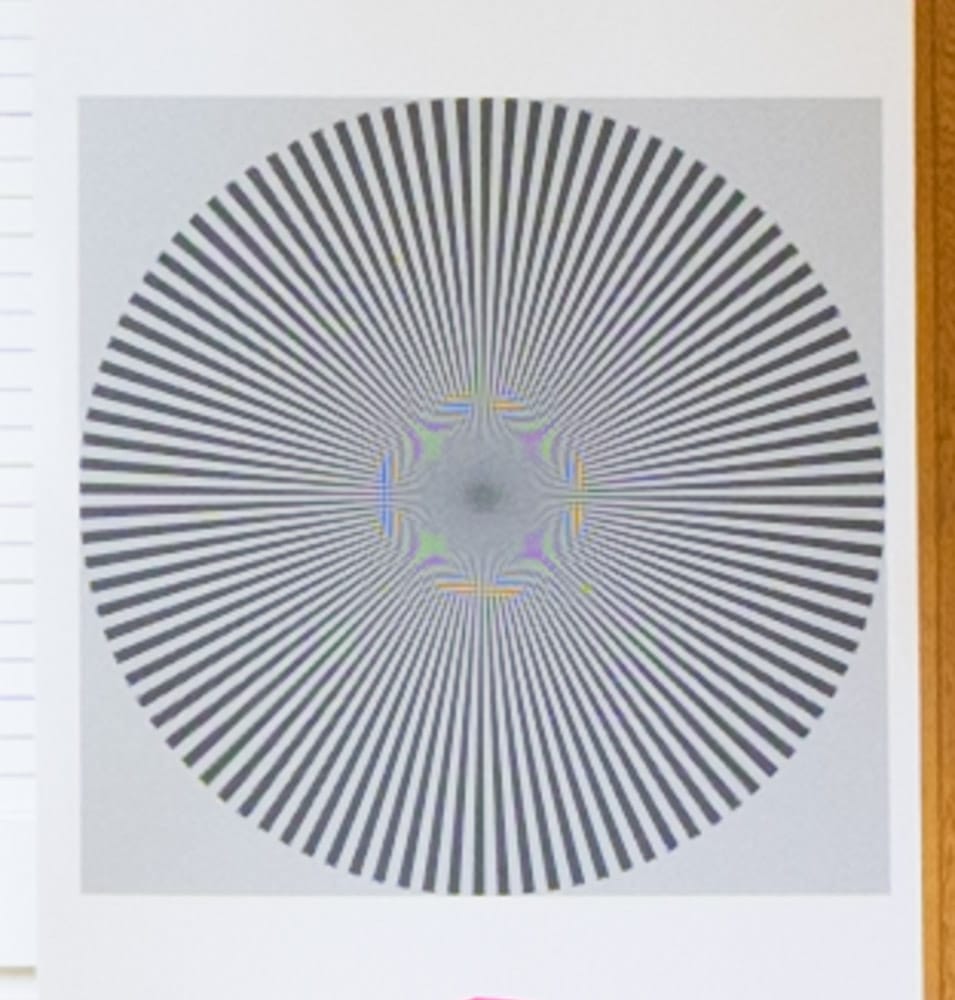
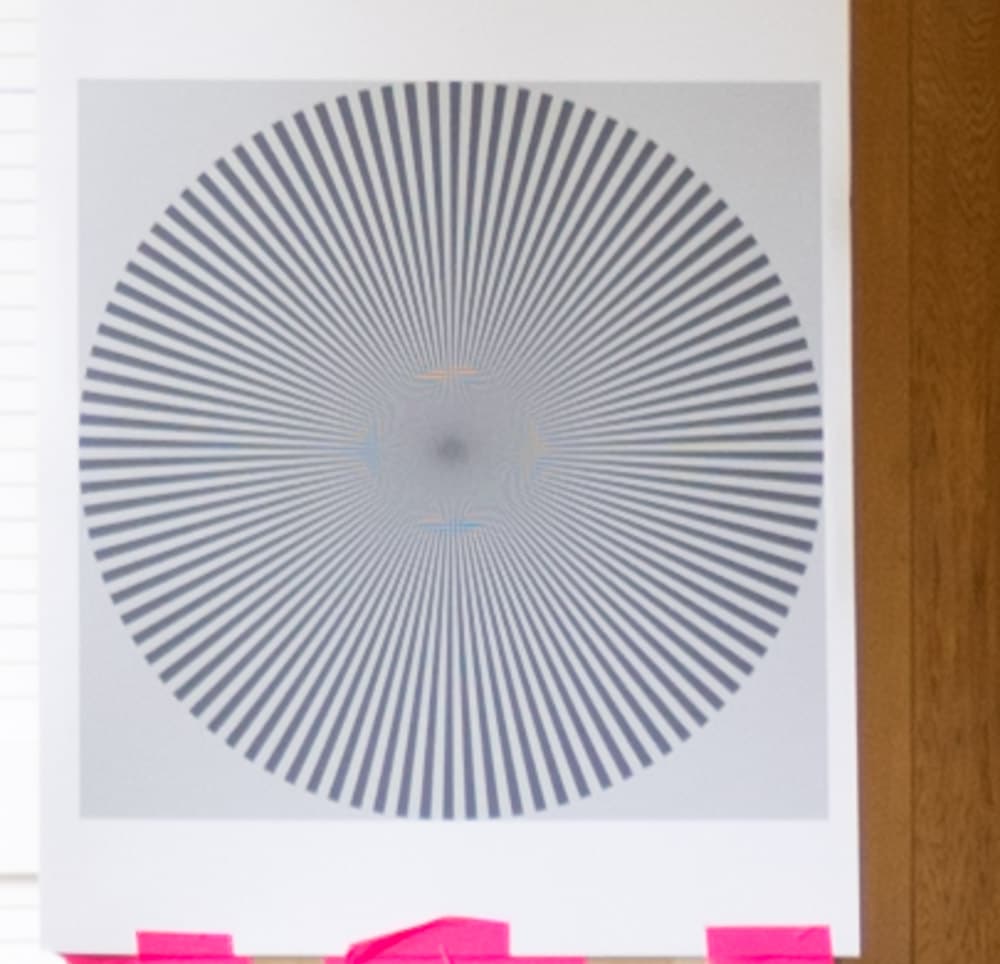
The difference in focal length appear to be more than 10%. The Batis has similar extinction resolution , but lower contrast.
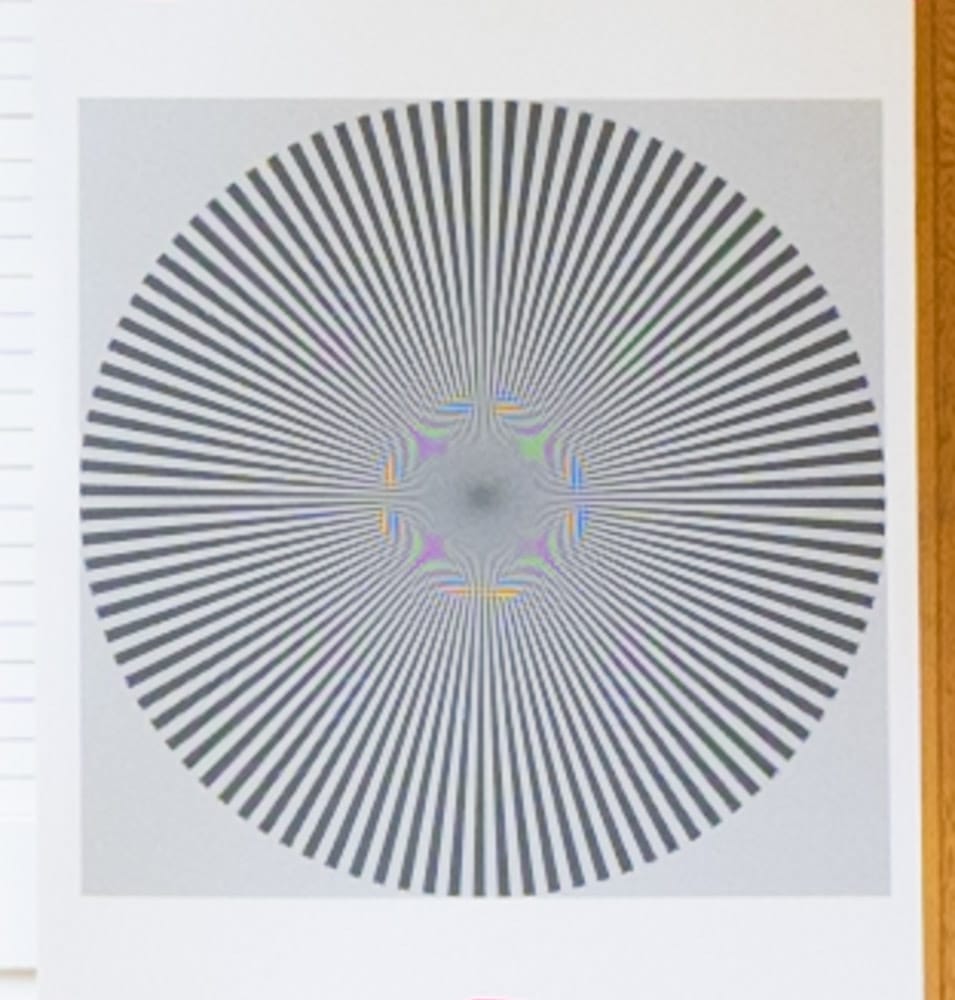

Same.
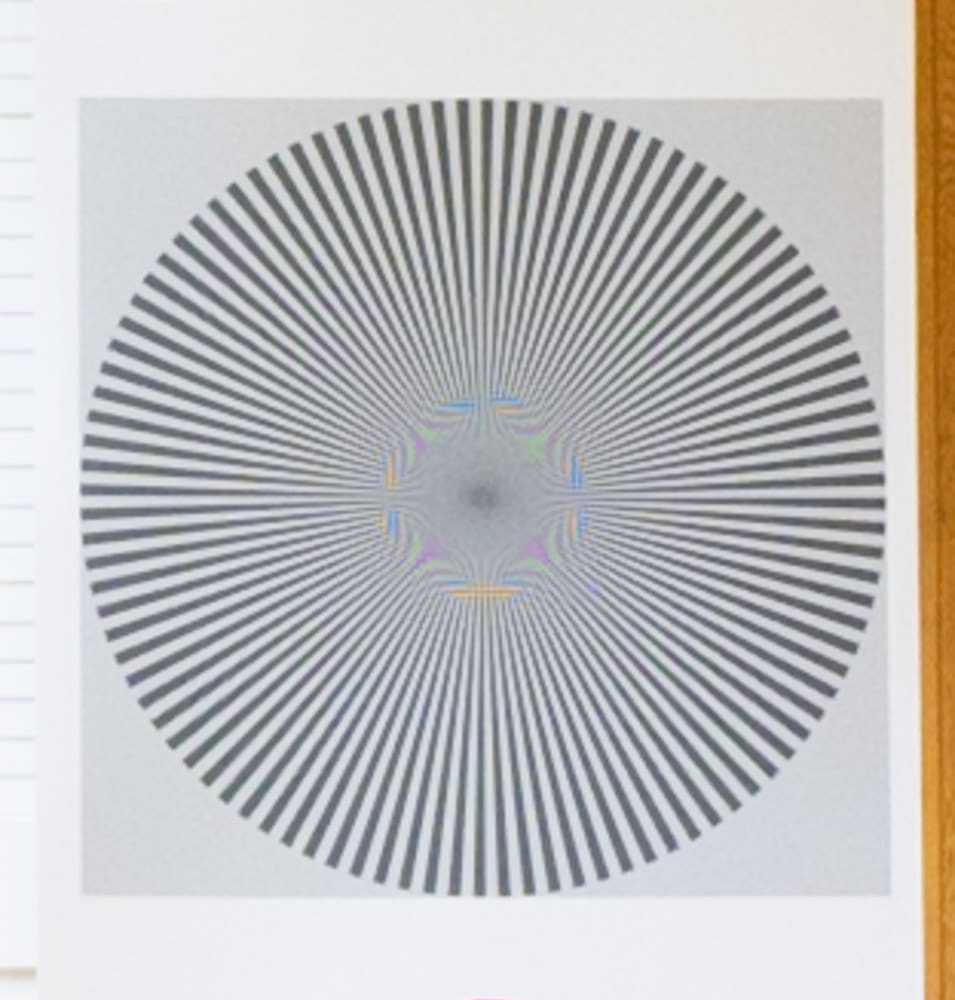
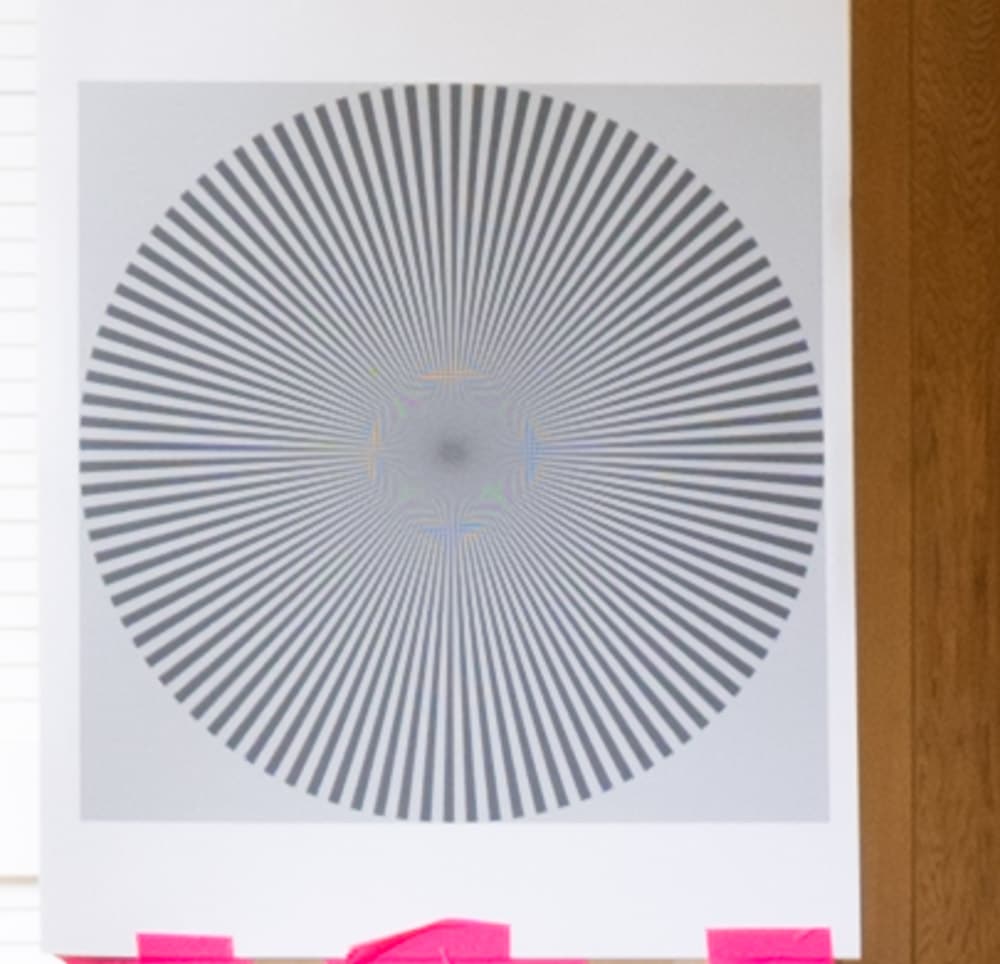
The contrast is getting closer.
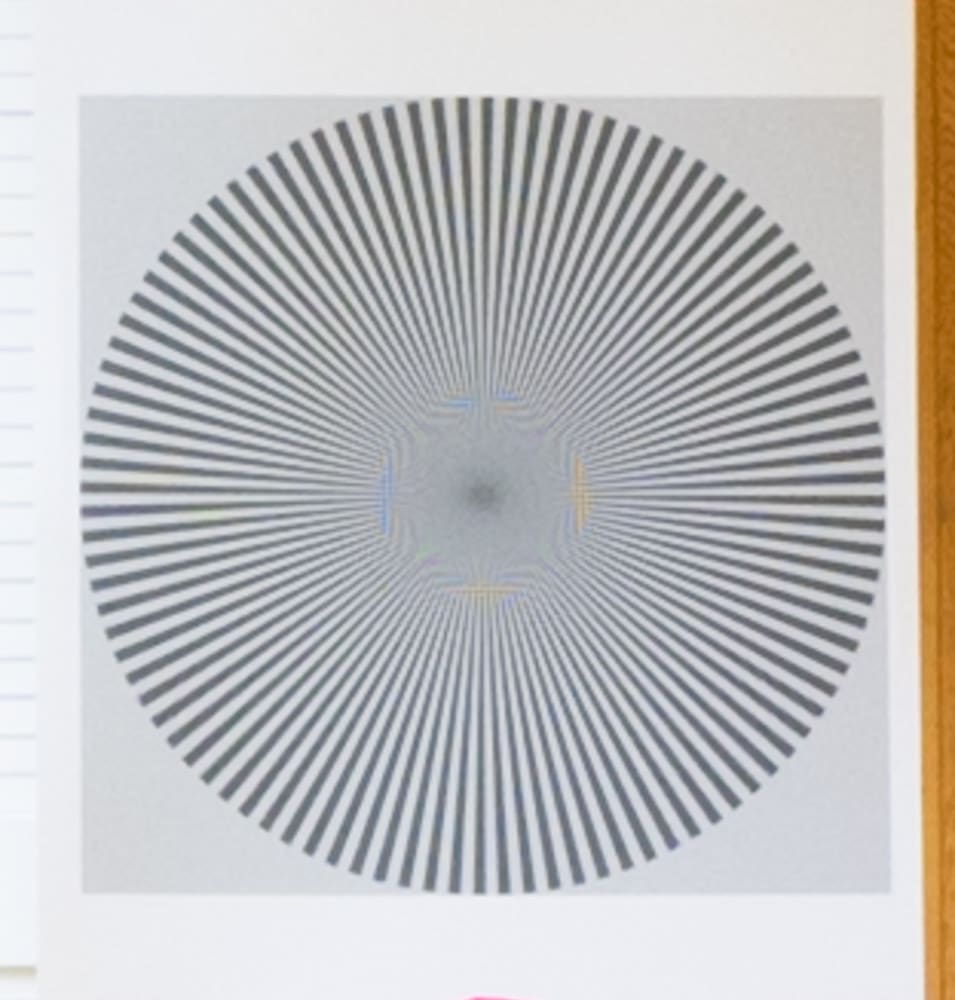
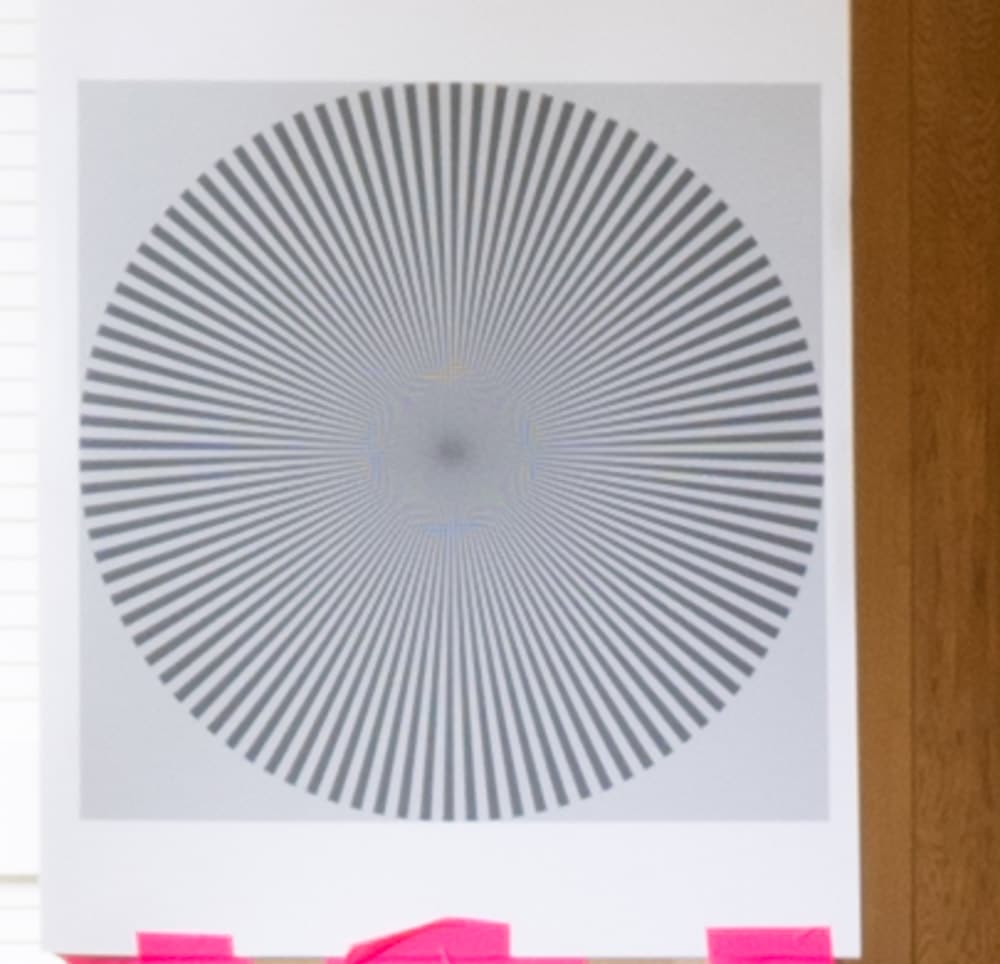
Same thing.
In the corner:
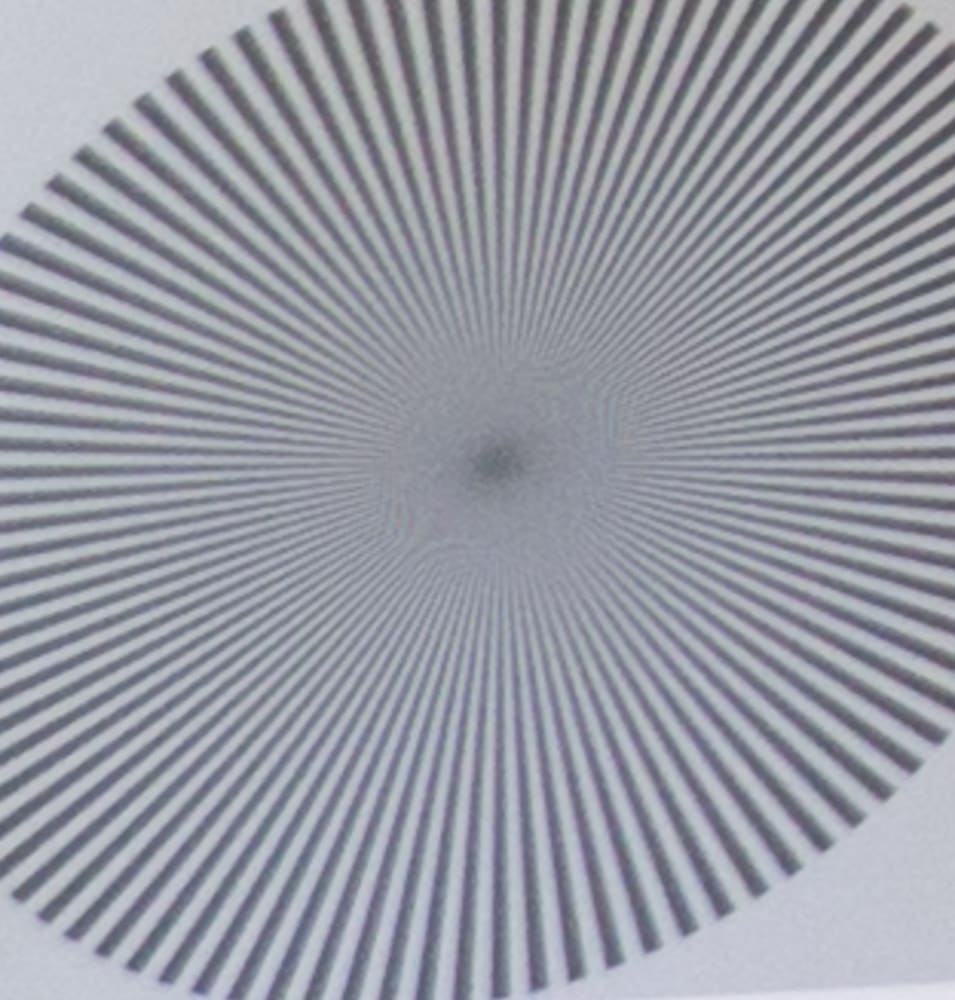
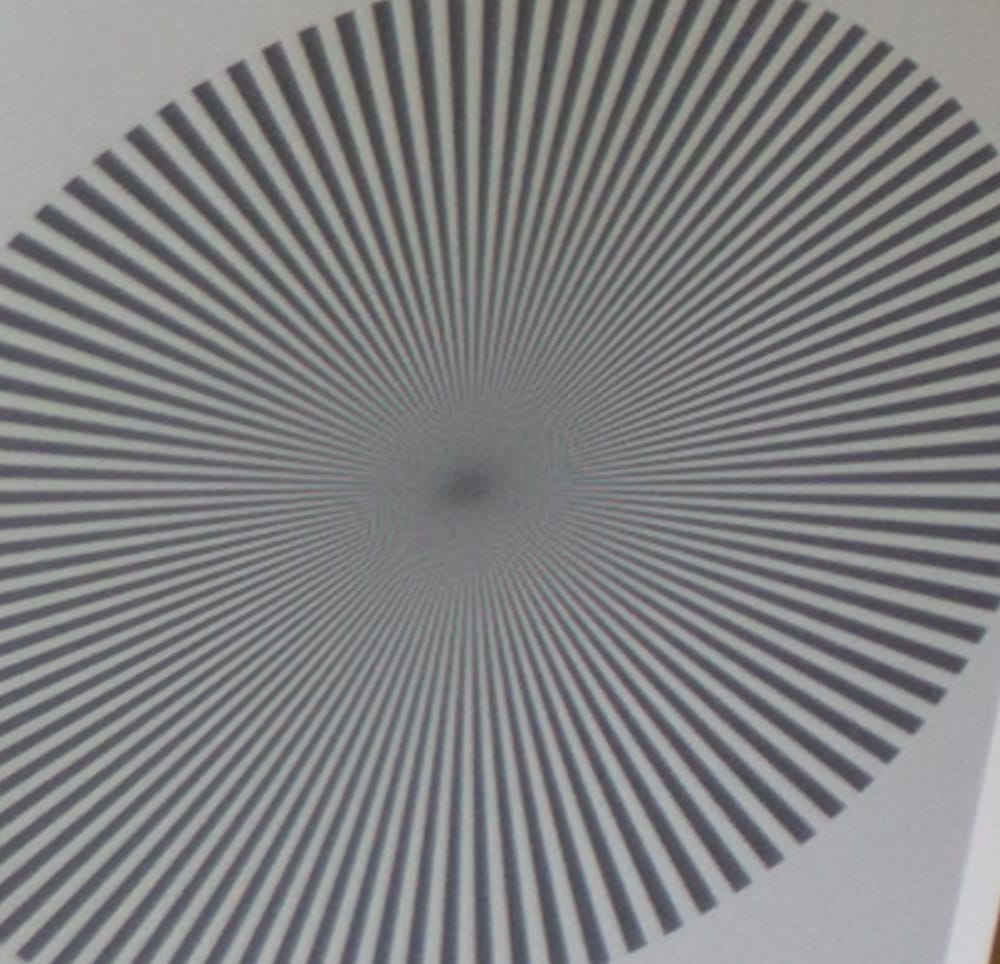
The Batis is sharper, abut has a bit more light falloff.
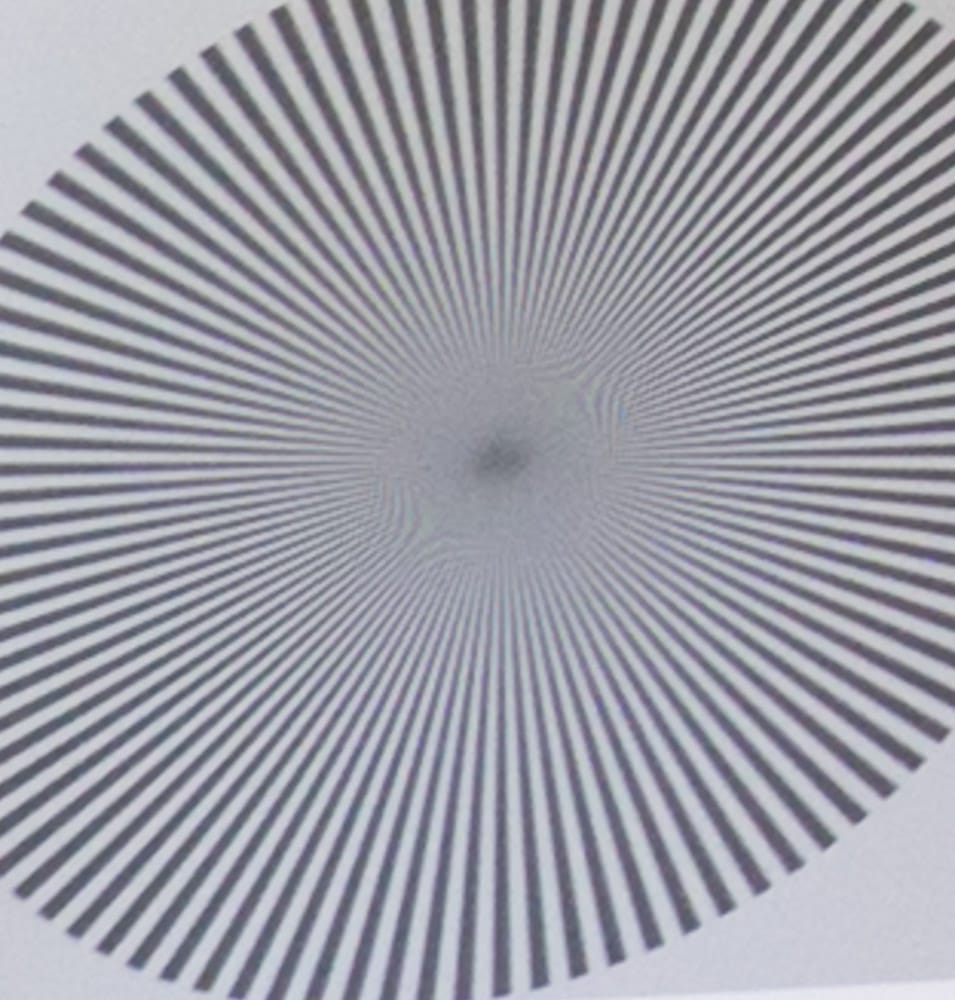
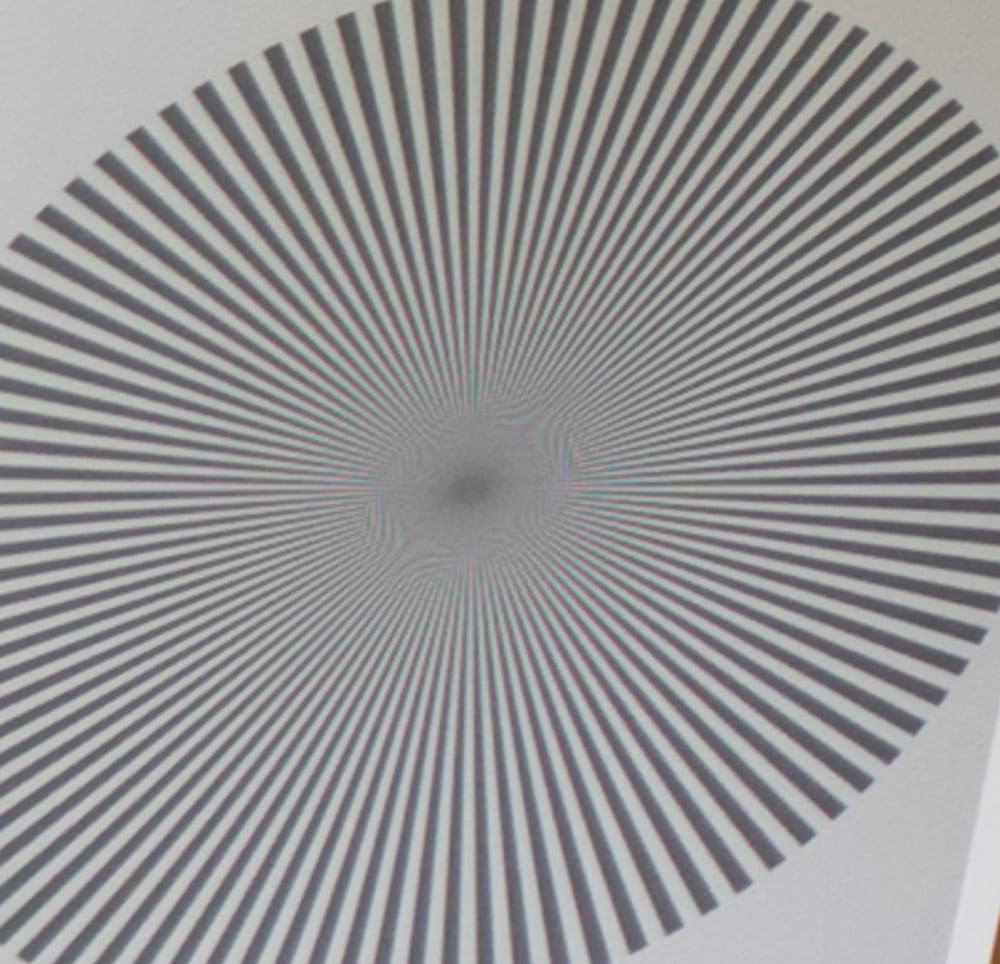
The Batis is still ahead, but the Sony is catching up.
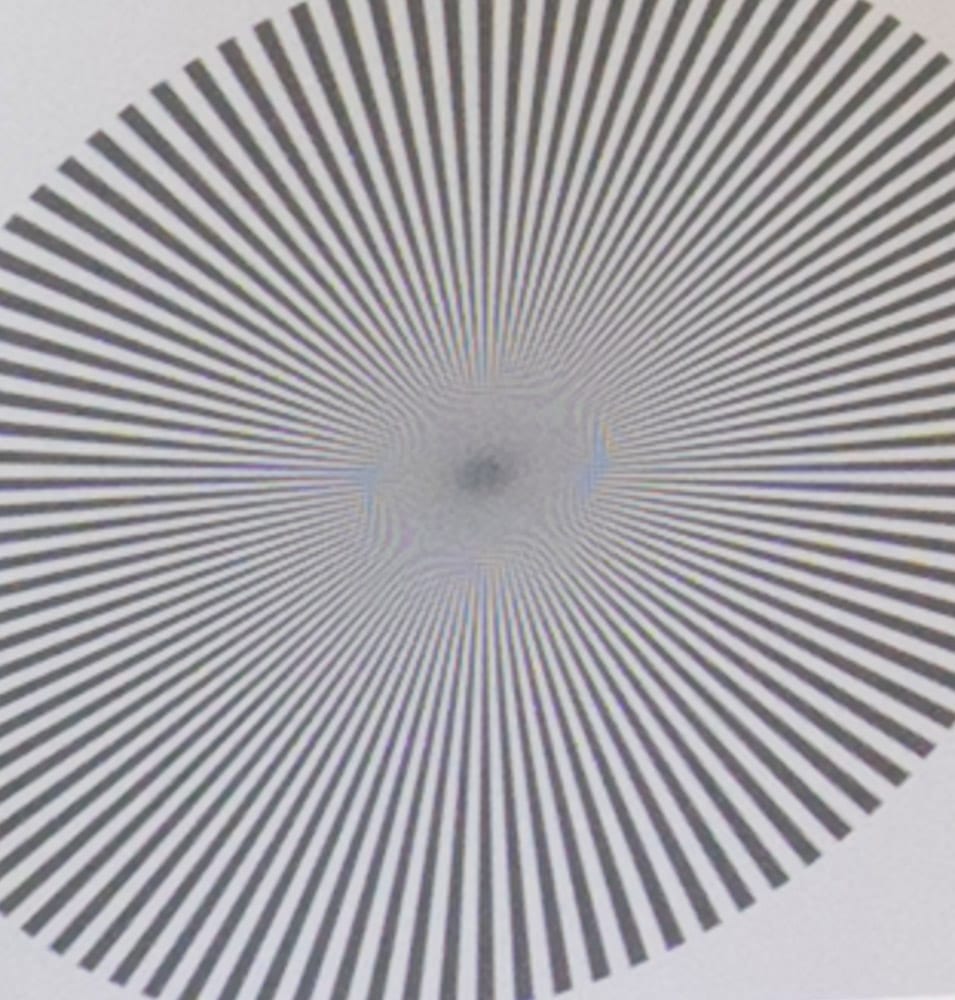
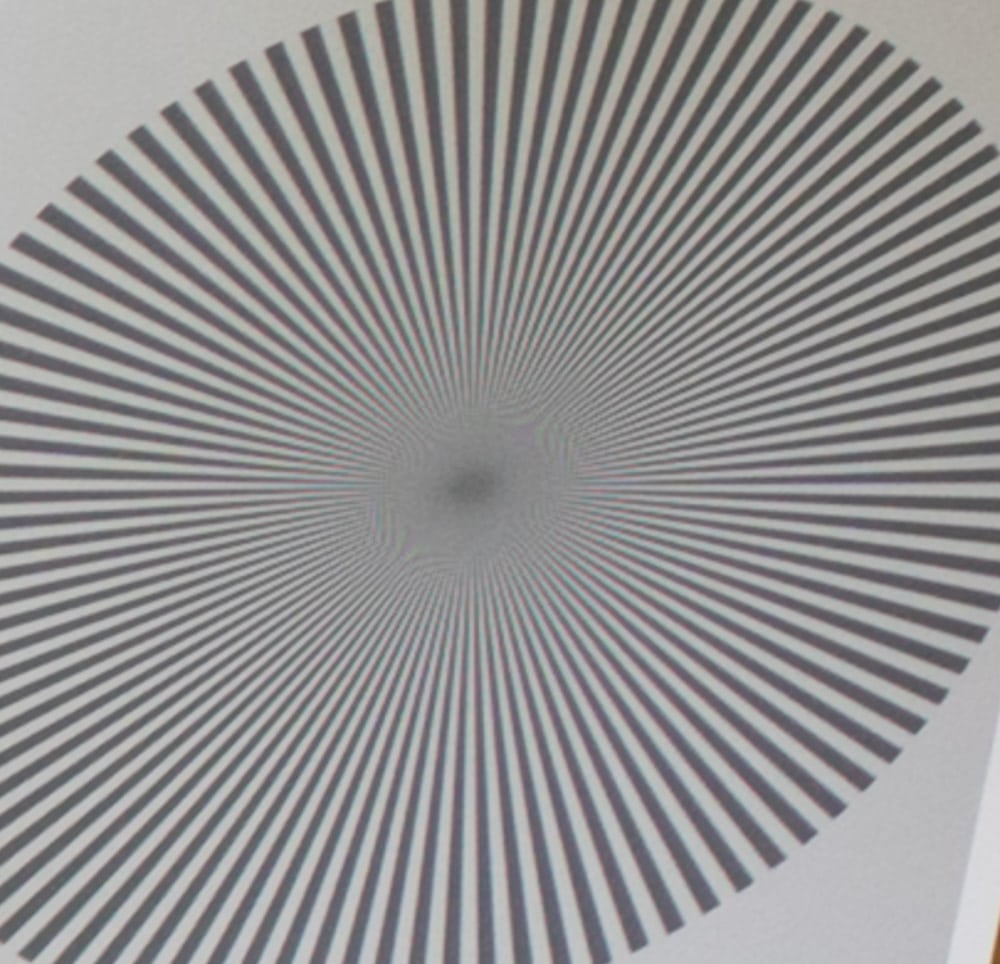
About the same.
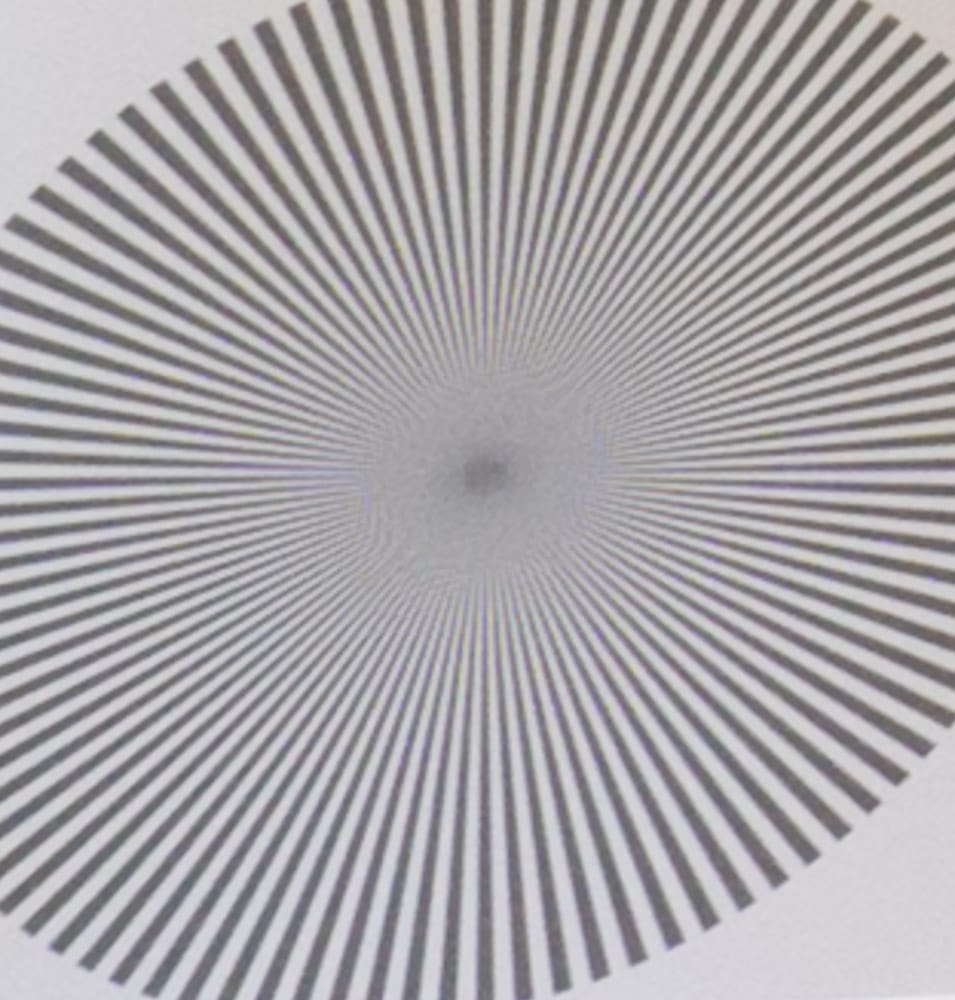
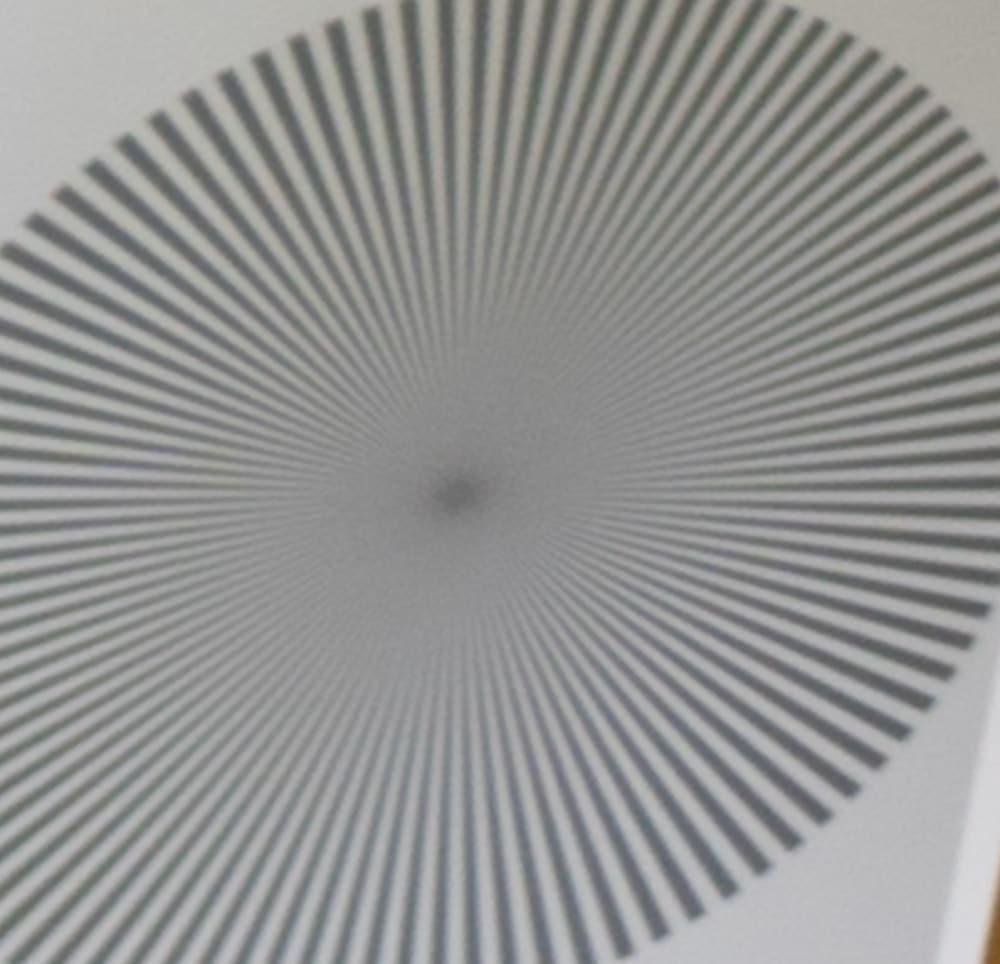
The a7RIV was unable to focus the Batis in the corner here, so I don’t think we can draw any conclusions from this last pair.
At four or five hundred dollars cheaper than the Zeiss lens, and a stop and a third faster, the Sony 20/1.8 looks attractive here.
Thank you for this evaluation, as there wasn’t many tests done for the Sony 20mm presently.
However, the 2mm difference is often essential for many UWA shooters (landscape) and I am included. Even at 18mm (I was then using the A7R2) there were times I wish it was a little wider. So now I carry the 16-35mm zoom, which I hope I can leave it at home (due to total weight of my gears), and have that weight transfer for a telephoto lens with further reach.
It seem the Batis 18mm is having more vignetting at the corners in your RAW file test.
Wonder if the In camera JPEG auto-correction would correct the light fall-off for the Batis 18mm corners and the results could be different? As most would record both RAW and JPEG in A7R4.
Actually, I am the one having the problem to decide which one of these 3 should I choose, if I want to lighten the weight – 16-35mm, 18mm, 20mm – on my landscape UWA lens and not regret that I pick the wrong one when I am out in the field.
From your test, I guess I will take the Batis 18mm (lightest of the 3) and not consider the Sony 20mm. Thanks again for helping me to resolve my own headache and hopefully I am correct.